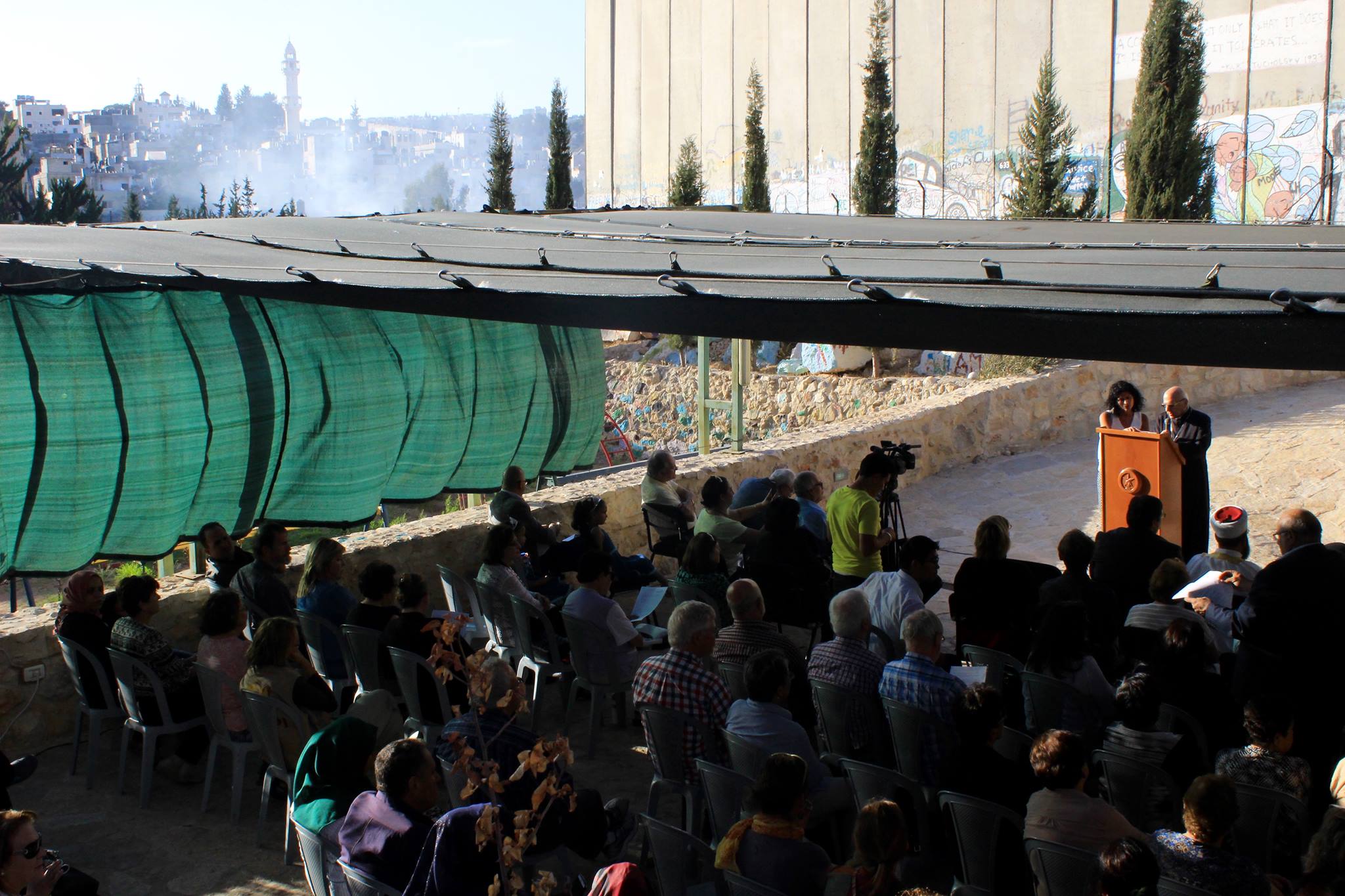Tag: Tear-Gas Canister
-
Nowhere to hide: New illegal observation tower in occupied Hebron
3rd October 2016 | International Solidarity Movement, al-Khalil team | Hebron, occupied Palestine Israeli forces put up a CCTV observation tower in the Ibrahimi mosque area, further increasing not only their all-encompassing surveillance of Palestinians, but also their slow but steady illegal annexation of more and more Palestinian land in occupied al-Khalil (Hebron). At the…
-
World Week of Peace 2016
24th September 2016 | International Solidarity Movement, al-Khalil team | Bethlehem, occupied Palestine Fire. That seemed to be the theme yesterday as we celebrated World Week for Peace in Bethlehem. Fire, when tear gas canisters erupted into flames in the Aida refugee camp, showing the continued violence. Fire, as we lit candles in the shape…
-
Two Palestinian killed in Hebron and one wounded in Jerusalem in less than 12 hours
19th September 2016 | International Solidarity Movement, al-Khalil team | Hebron / Jerusalem, occupied Palestine On Monday, 19th September 2016, two Palestinians have been gunned down by Israeli forces in occupied al-Khalil (Hebron), and one in illegally annexed East Jerusalem in less than 12 hours. Early in the morning, in the Old City of occupied…


